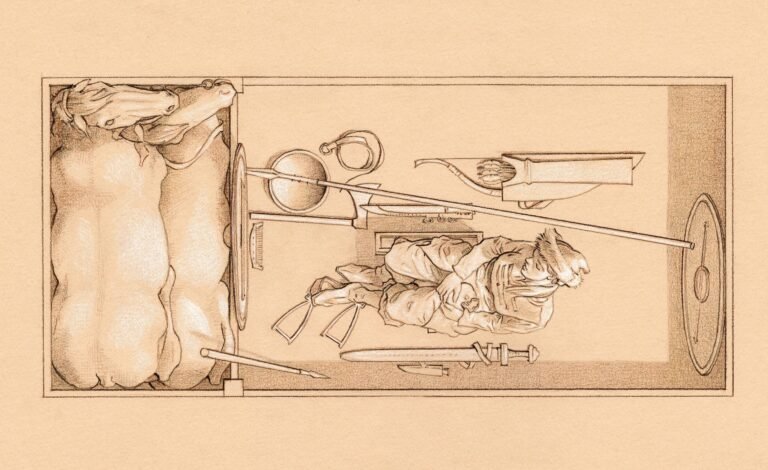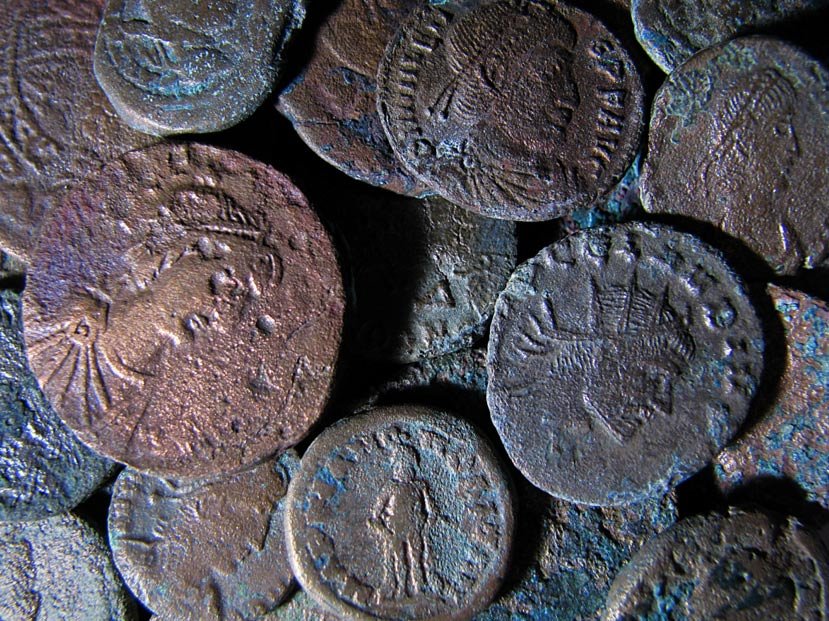More than a thousand years ago, a Viking woman was laid to rest with the full honors of a mighty warrior, including weapons, armor and two horses. But when researchers discovered her remains in 1880s, the weaponry led them to assume this mighty she was a he. Now, over 130 years later, DNA tests have shown that this high-ranking Viking warrior was actually a woman.
"Though some Viking women buried with weapons are known, a female warrior of this importance has never been determined and Viking scholars have been reluctant to acknowledge the agency of women with weapons," the researcher write in the study published in the American Journal of Physical Anthropology.
Much of the history of women warriors has been passed as legend or myth—mere stories of s0-called "shieldmaidens," or women who fought alongside the men. The warrior Brynhildr, for example, appears in several epic poems and sagas, and was later memorialized in Richard Wagner's "Ring Cycle" operas. Yet many believe that these myths are rooted in some truth. One example is the long-raging debate around the existance of the legendary Amazon women of Greek mythology, who have risen to fame with the Wonder Woman comics and movie.
This latest study of the Viking warrior, found in a grave in the Swedish town of Birka, is the first strong evidence that these legendary high-ranking women warriors actually existed, writes Louise Nordstrom for The Local. "What we have studied was not a Valkyrie from the sagas but a real life military leader, that happens to be a woman," archaeologist Charlotte Hedenstierna-Jonson, lead author of the study, says in a statement.
The grave in question contains the trappings of a Viking officer, including a full set of gaming pieces that were used to strategize battle tactics, writes bioarchaeologist Kristina Killgrove for Forbes. The warrior was around 30 years old at death, and relatively tall for the time, standing at five and a half feet. Because of its burial setting, archaeologists had simply long assumed that the skeleton found in this grave was from a man, but Anna Kjellström noticed that the skeleton seemed to have more physical characteristics of a female rather than a male skeleton.
To test the sex of the individual, researchers extracted DNA of the canine tooth and upper arm. Analysis of this genetic material showed that the individual had X chromosomes and lacked a Y chromosome, which indicates the remains belonged to a woman. Analysis of isotopes found in the bones also suggests that the woman likely lived an itinerant lifestyle before settling down in Birka later in life.
More than 3,000 Viking graves are known to exist at Birka, with many yet to be excavated and studied, Killgrove writes. This latest discovery suggests that archaeologists should not let preconceived notions of gender and modern tradition cloud their analysis of future finds.
"Similar associations of women buried with weapons have been dismissed, arguing that the armaments could have been heirlooms, carriers of symbolic meaning or grave goods reflecting the status and role of the family rather than the individual," the researchers write in the study, noting that remains from male individuals with such elaborate burials are often not questioned. "The results call for caution against generalizations regarding social orders in past societies," they write.




















